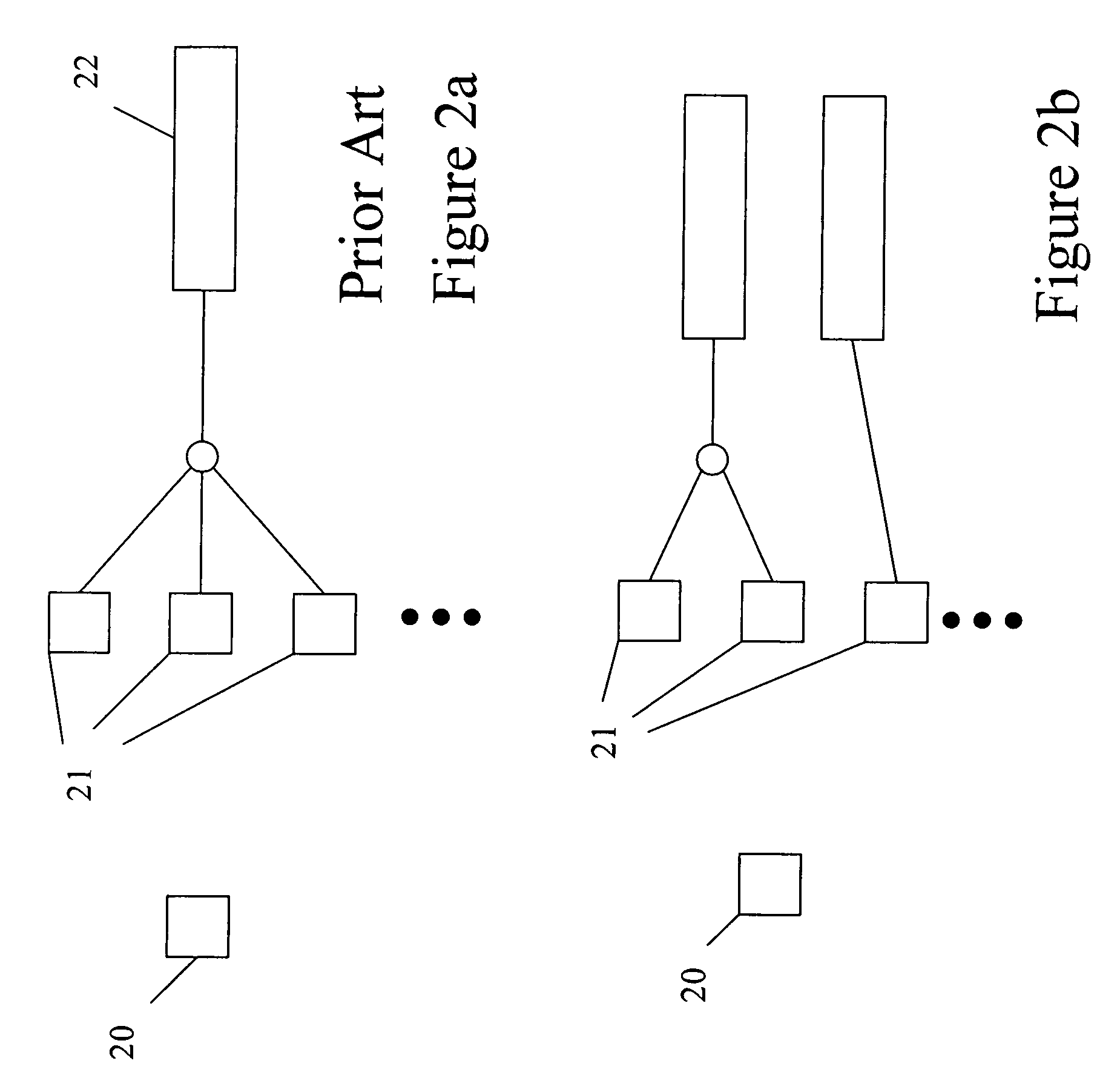Radio communications device with adaptive combination
a radio communication and combination technology, applied in diversity/multi-antenna systems, multiplex communication, polarisation/directional diversity, etc., can solve the problems of fading of multipaths, incoming scattered signals can add constructively or destructively, and other signals are typically unfaded, so as to reduce pointing losses
- Summary
- Abstract
- Description
- Claims
- Application Information
AI Technical Summary
Benefits of technology
Problems solved by technology
Method used
Image
Examples
Embodiment Construction
[0042] Embodiments of the present invention are described below by way of example only. These examples represent the best ways of putting the invention into practice that are currently known to the Applicant although they are not the only ways in which this could be achieved.
[0043] The term “receive chain” is used to refer to any part of apparatus which processes radio frequency signals received at a receiver by downconverting those signals to baseband frequency. This involves many stages of filtering, demodulation and downconversion as known in the art. Thus the term “receive chain” is used herein to refer to either all the apparatus needed for this conversion process or only some of that apparatus.
[0044] The term “transmit chain” is used to refer to any part of apparatus which processes baseband signals and converts those to radio frequency signals for transmission at a transmitter. This involves many stages of upconverting, modulation and power amplification as known in the art...
PUM
 Login to View More
Login to View More Abstract
Description
Claims
Application Information
 Login to View More
Login to View More - R&D
- Intellectual Property
- Life Sciences
- Materials
- Tech Scout
- Unparalleled Data Quality
- Higher Quality Content
- 60% Fewer Hallucinations
Browse by: Latest US Patents, China's latest patents, Technical Efficacy Thesaurus, Application Domain, Technology Topic, Popular Technical Reports.
© 2025 PatSnap. All rights reserved.Legal|Privacy policy|Modern Slavery Act Transparency Statement|Sitemap|About US| Contact US: help@patsnap.com



